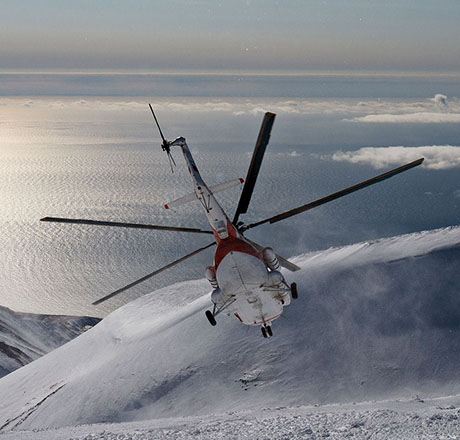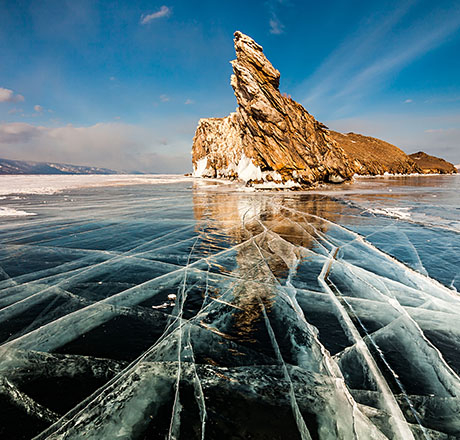Europe
Russia
vital statistics
- Moscow
- 143.5 milliion
- Russian
- Russian ruble
This is one perplexing country. Its place in history, from Mongol raids to the Russian Enlightenment and on to the twentieth century (with revolution, two World Wars, Cold War and the fall of the Soviet Union, it wasn’t always kind), is awe-inspiring enough, but in recent years it has become much easier to get your hands on a visa and head to this multifaceted nation.
This is the biggest country in the world, bordering both Europe and Asia, so there’s no end to the landscape that can be explored. Vast areas of the north are part of the Arctic Circle. There are few roads here, but travellers with a taste for adventure can visit nomadic Nenets reindeer herders or indigenous whale hunters on the Bering Sea, albeit only with a specialised tour company. In the country’s far southeast there are even some decent beaches near the city of Vladivostok.
The spirit of the people is one of survival, even if they have had the help of a little vodka. Russia’s recent affluence has meant of cities like Moscow and St Petersburg are suddenly far more cosmopolitan, so along with considerable historical drawcards – the Kremlin and the Hermitage, for example – you’ll also find outposts of Nobu, rooftop bars and velvet-rope nightlife.
Of course, the Trans-Siberian Railway, which travels through the country from Moscow to Vladivostok, is one of those journeys nearly everyone has etched on to their bucket list. More than 30 per cent of Russia’s population uses it, so it’s an amazing way to cover the landscape and meet the locals too.
 (
(












